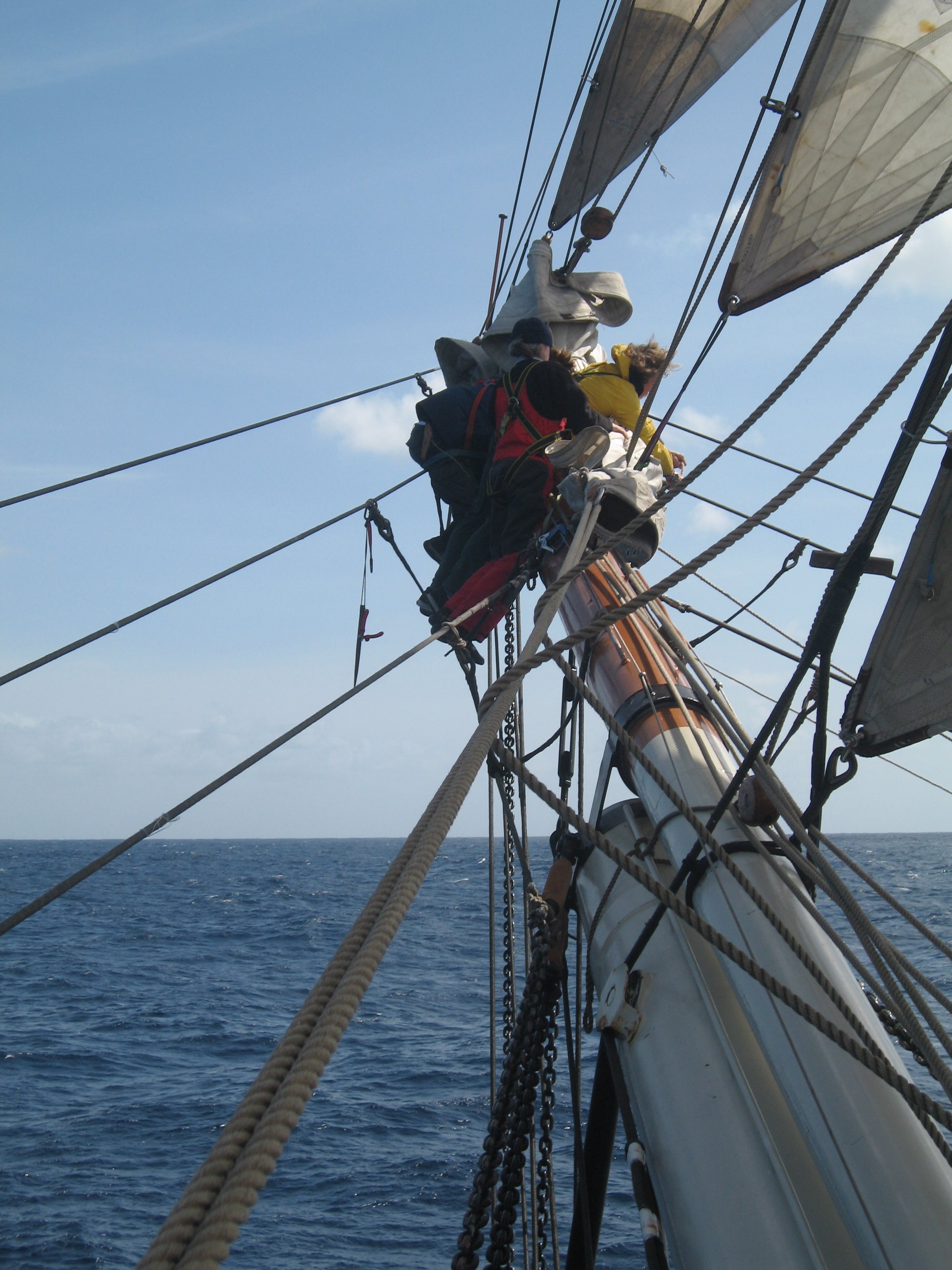HOLIDAY DONATION DRIVE - SUPPORT MSW - DO YOUR PART TO KEEP THIS GREAT FORUM GOING! (89 donations so far out of 49,000 members - C'mon guys!)
×
-
Posts
715 -
Joined
-
Last visited
Community Answers
-
Kenchington's post in Design of a Windlass Mounted on Bitts was marked as the answer
I went looking for images of windlasses similar to my previous guess and found a couple that had been sold in recent years but were still posted on he sale websites -- both once-lovely bronze yacht fittings, as those are the ones that have survived:
-
Kenchington's post in Doweling Hull Planks was marked as the answer
If you are trying to represent the treenails of full-size vessels, those are about an inch or inch-and-a-half in diameter, so a bit less than 1/32 at 1:50. That would be close enough to be going on with though.
Trevor
-
Kenchington's post in Size and color of Deck Planks was marked as the answer
Hi Allen,
I would be very surprised if there is any contemporary written information on the deck planks of Elizabethan ships. (There was very, very little written about any English ship structures before 1700.) There may be good archaeological data, much of it from study of the Gresham Ship. I ought to get a copy of the report on that work but I don't have access to it so I can't confirm what they may have found. There may be more detail from the Mary Rose, though she was a generation earlier. (I do have 3 volumes of her report but not the one on ship structure! Back in the day, the publisher failed to fulfil my standing order.)
For what it's worth, the contemporary Basque whaler excavated at Red Bay, Labrador (for which I have the full report) had deck planking of 25 to 35 cm width and 3 to 4 cm thickness. None survived in its recognizable position from the upper decks but dimensions could be deduced from fastening holes in the beams and the thickness of other pieces that the planking butted up against. At 1:60, 0.5mm thickness and 5mm width would be about right for the decks visible in a model.
The outer planking of that ship was white oak, as were the structural parts, but wood fragments interpreted as remnants of planking from the upper decks included pine and larch. I don't think that the archaeologists' report drew the conclusion but I'll guess that the upper-deck planking had not survived because it was (less durable) softwood. If so, the colour should be about the same as in the holystoned pine deck of a 19th Century Yankee clipper.
That being said, please take note of the variable plank widths on the whaler. Whatever else, she did not have evenly laid, parallel-sided deck planking. I'll add another guess based on other evidence from her time: Much of the visible "deck" probably wasn't planked at all but was one long opening, mostly covered by gratings, running down the centreline, with planking only on what we might call "side-decks". In short, reproducing the appearance of the real Golden Hind, as seen from above, would need a lot of study followed by some sweeping assumptions. If you're not looking at going that far, then there may not be much point in worrying excessively about plank widths and colours.
Trevor


